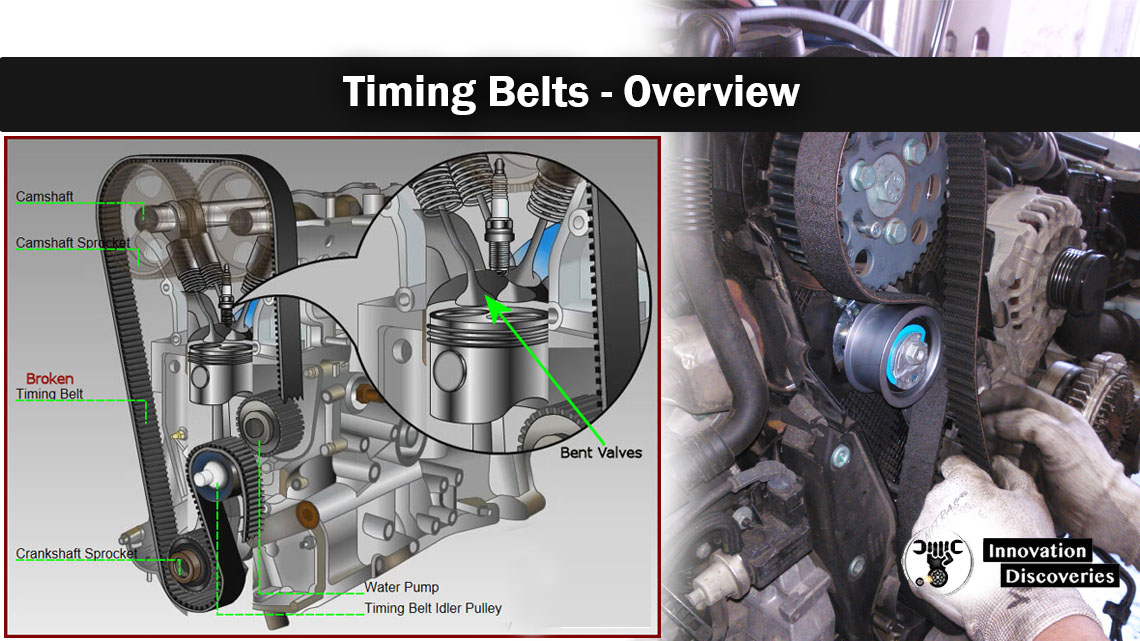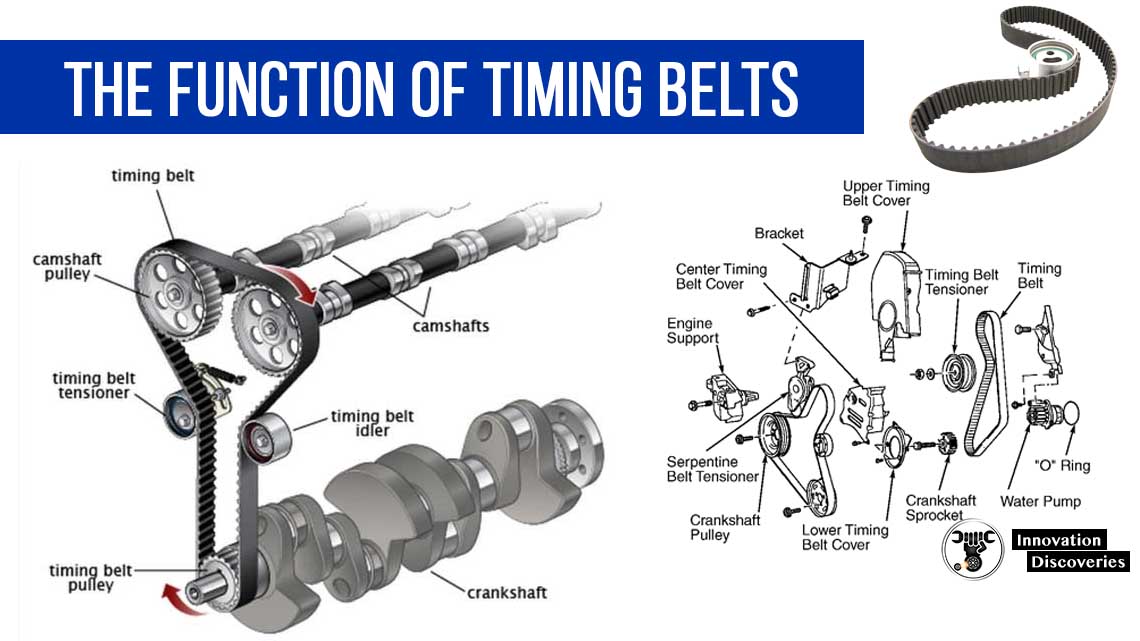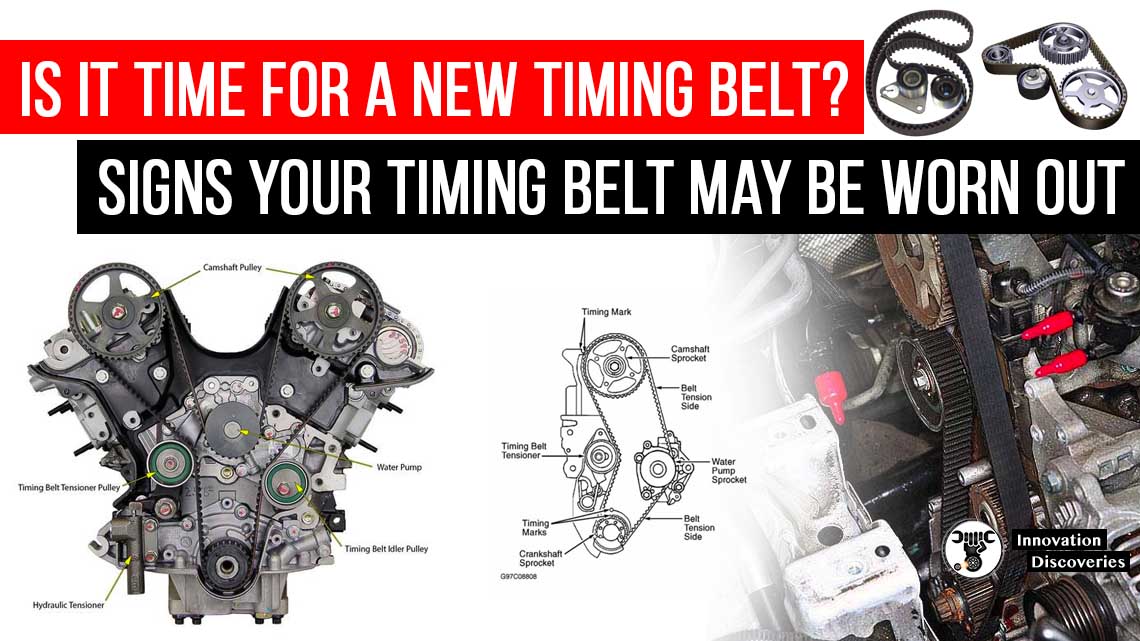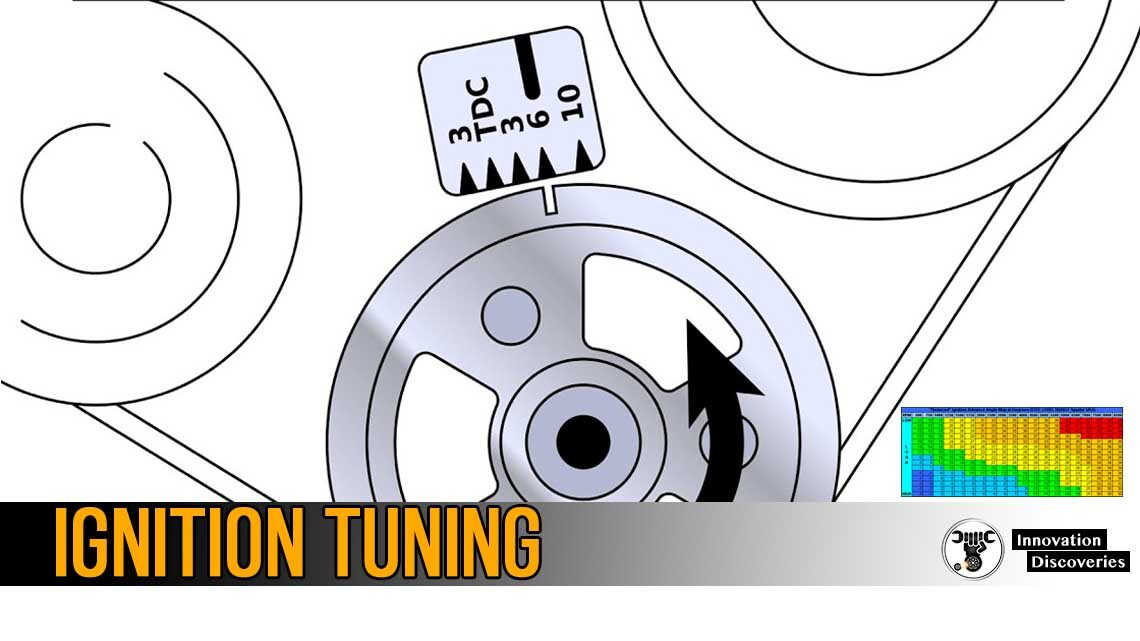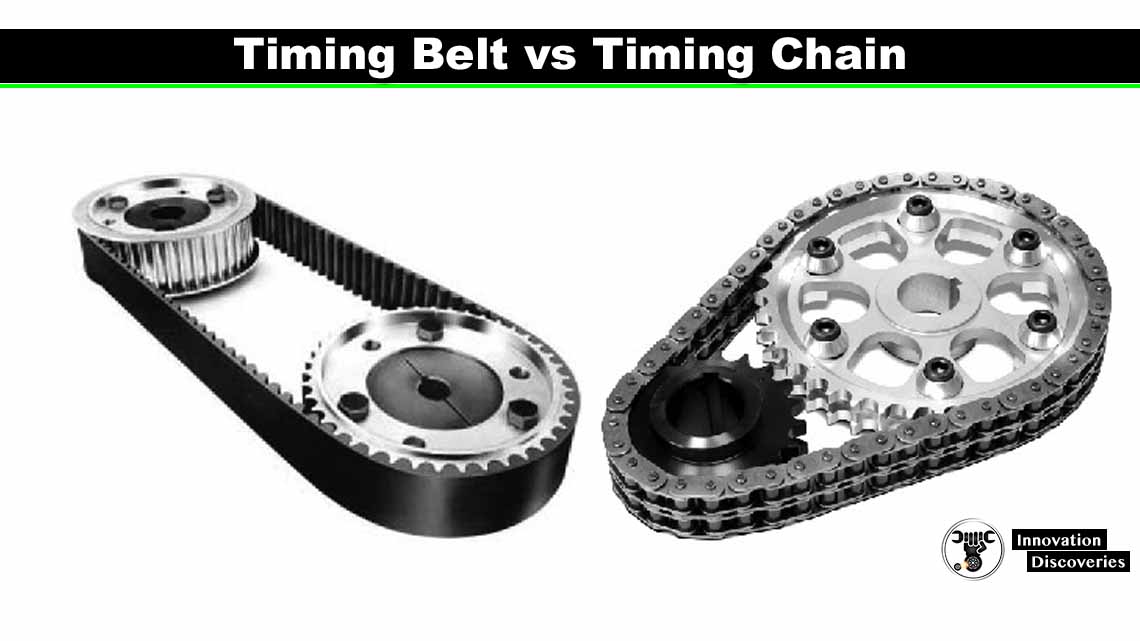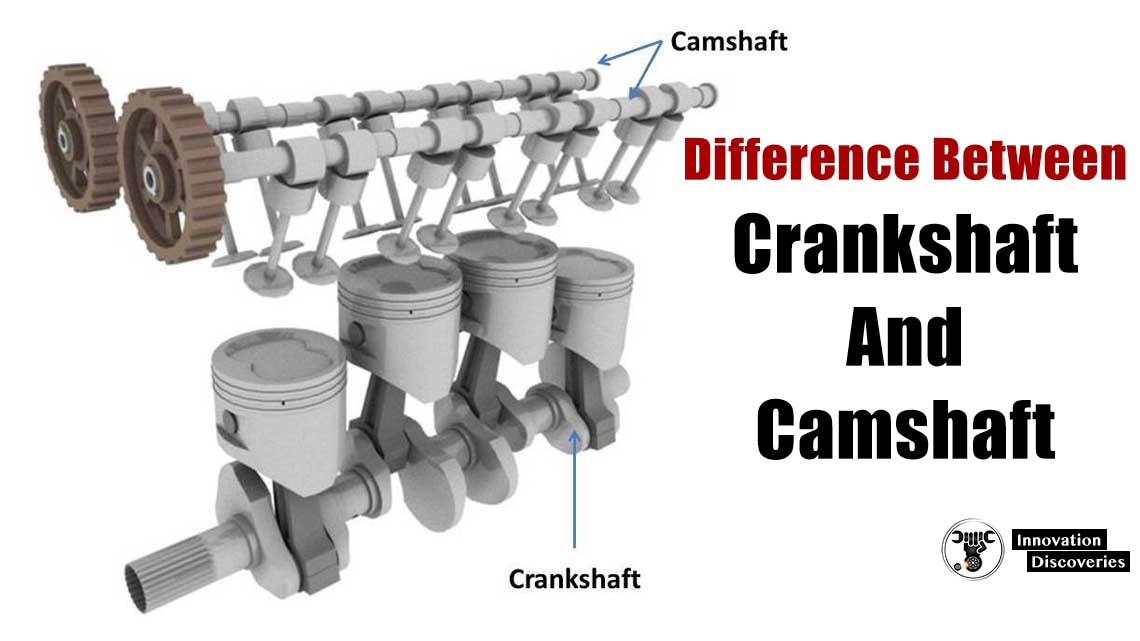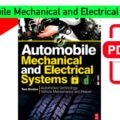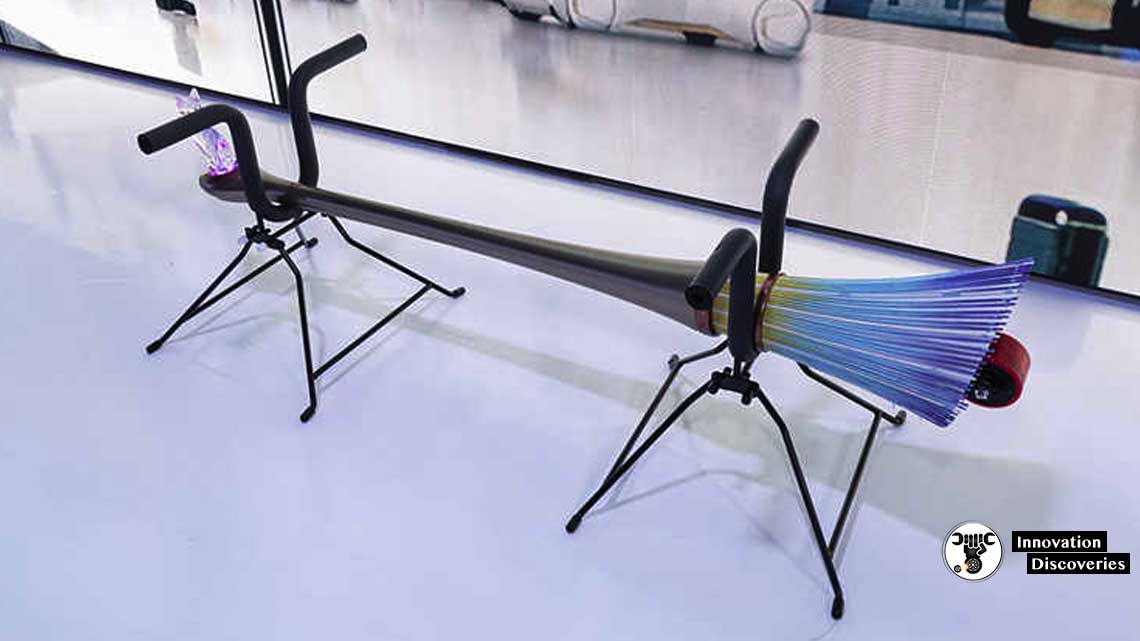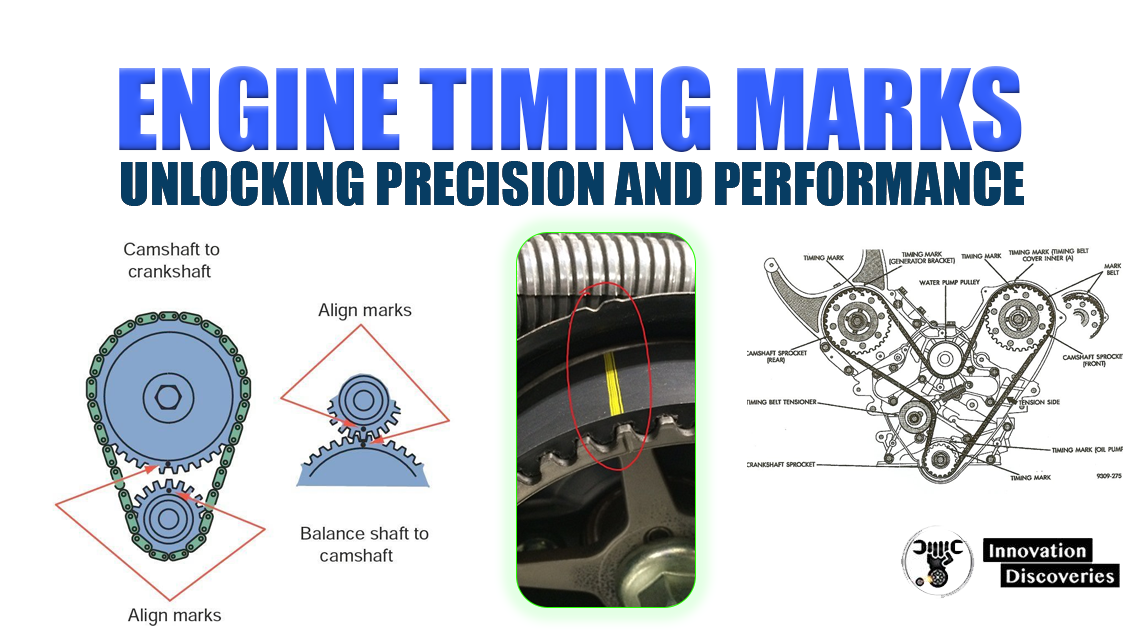
Introduction:
Proper engine timing is crucial for optimal performance and efficiency. Engine timing marks serve as essential reference points, ensuring accurate alignment of internal components during the timing process. In this comprehensive guide, we delve into the significance of engine timing marks, their location, and the steps involved in aligning them correctly. By understanding and utilizing these timing marks, you can contribute to the smooth operation and longevity of your engine.
The Importance of Engine Timing
Engine timing plays a critical role in the combustion process of an engine. It determines the precise moment when the spark plug ignites the air-fuel mixture in the cylinders.
Correct timing ensures that the combustion process occurs at the right time, maximizing power delivery and fuel efficiency. On the other hand, incorrect timing can result in decreased performance, reduced fuel efficiency, and potential engine damage.
Understanding Engine Timing Marks
Engine timing marks are specific reference points on the engine components that aid in proper timing alignment.
Typically, timing marks are small notches, lines, or dots engraved or painted on the crankshaft pulley or harmonic balancer and the camshaft(s) or camshaft sprocket(s).
These marks indicate the precise positioning of these components in relation to each other.
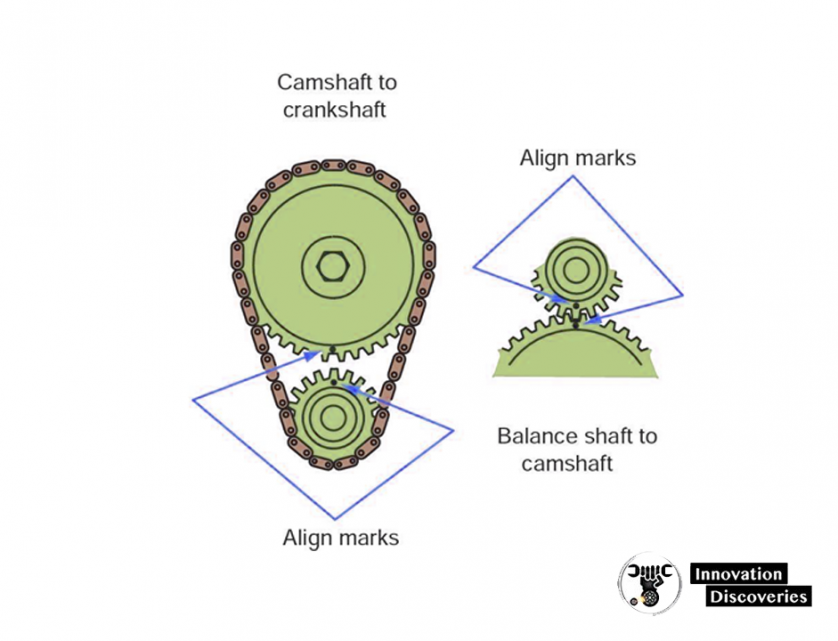
Locating Timing Marks
Locating timing marks requires consulting the specific repair manual or manufacturer’s specifications for your engine model. The manual will provide detailed instructions on where to find the timing marks and how they are represented.
Common locations include the crankshaft pulley or harmonic balancer and the camshaft(s) or camshaft sprocket(s). In some cases, accessing the timing marks may require removing certain components such as the timing belt or timing chain cover.
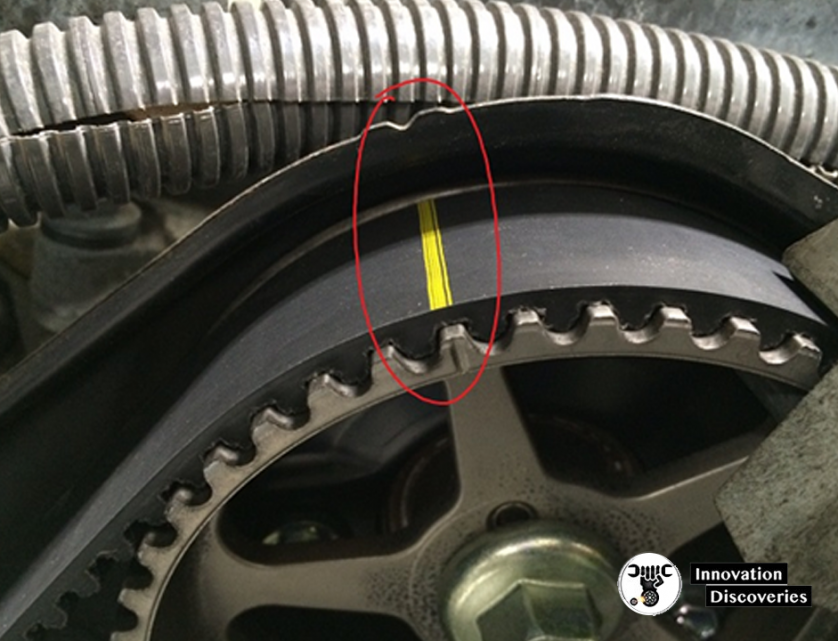
Aligning Timing Marks
Proper alignment of timing marks is crucial for accurate engine timing. The alignment process involves several steps:
- Prepare the engine by following the manufacturer’s instructions, which may include removing components or covers.
- Locate and align the timing marks on the crankshaft pulley or harmonic balancer with those on the engine block or timing cover.
- Locate and align the timing marks on the camshaft(s) or camshaft sprocket(s) with the corresponding marks on the engine head or timing cover.
- Verify the alignment by rechecking the position of the timing marks to ensure they match the specifications provided in the repair manual.
Seeking Professional Assistance
Adjusting engine timing is a delicate procedure that requires precision and expertise. If you are unsure or uncomfortable performing the timing adjustments yourself, it is strongly recommended to consult a qualified mechanic or automotive professional.
They have the necessary knowledge and tools to ensure accurate timing adjustments without risking damage to the engine.
Conclusion:
Engine timing marks are critical for achieving precise alignment of internal components and maintaining optimal engine performance. By understanding the importance of timing marks, locating them correctly, and aligning them accurately, you can contribute to the smooth operation and longevity of your engine.
However, if you’re uncertain about performing timing adjustments, it’s always best to seek professional assistance to ensure the task is performed correctly and safely. With proper timing alignment, you can enjoy improved performance, fuel efficiency, and reliability from your engine.
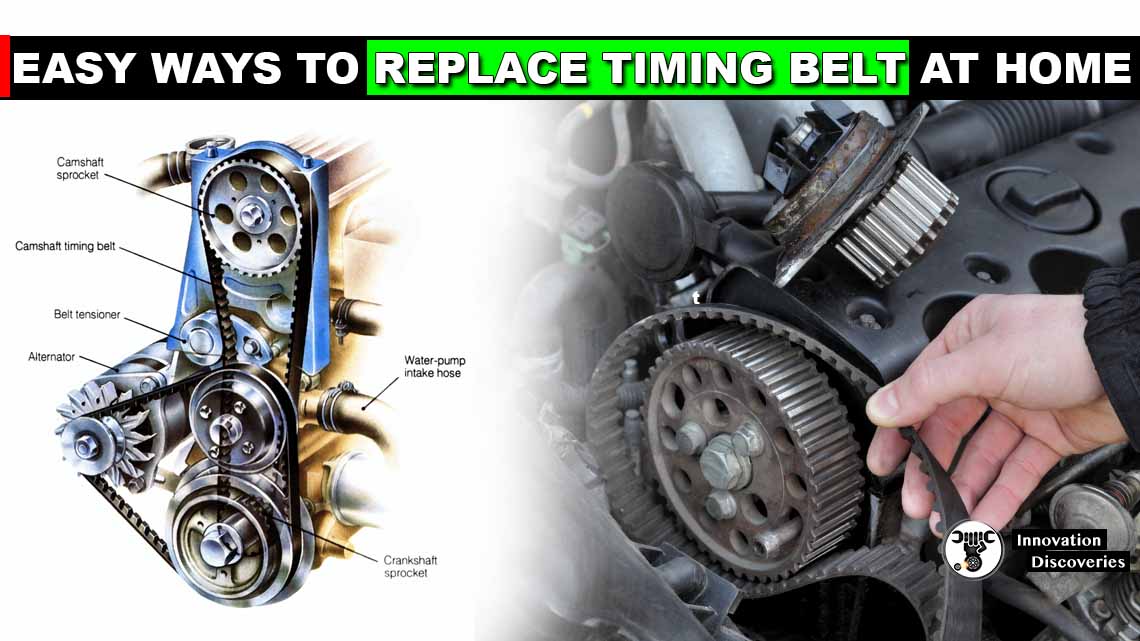
FOR MORE KNOWLEDGE
- WHAT HAPPENS WHEN A TIMING CHAIN BREAKS WHILE DRIVING
- VEHICLE SERPENTINE BELTS
- WHAT’RE THAT SOUND? 5 NOISES YOU NEVER WANT TO HEAR FROM YOUR CAR
- 4 COMMON ENGINE MISFIRE CAUSES
- HOW DOES AN INTEGRATED MOTOR ASSIST OPERATE?
Read More:
- Here’s How You Quickly Stop a Runaway Diesel
- The engine – how it drives its ancillary parts
- Water Pump Replacement
- 5 Reasons Behind Car Engine Vibration
- VALVE TRAIN: COMPONENTS, TYPES AND THEIR FUNCTION
- Symptoms of an Exhaust Leak
Visit Forum
Visit Our Friendly Website


